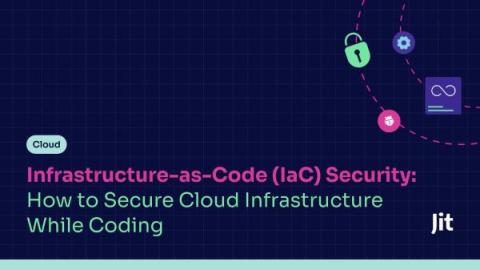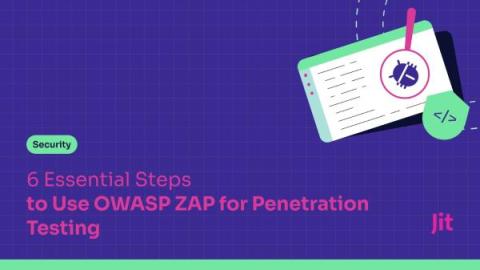Security | Threat Detection | Cyberattacks | DevSecOps | Compliance
March 2024
How did Jit enable a culture of security?
Learn how Jit enabled a culture of security at ShopMonkey by integrating scanning into every code change.
How was Jit recieved by your developers?
Learn what ShopMonkey engineers think of Jit.
A Guide to Choosing and Automating Security Frameworks
With the growing number of security frameworks, acronyms, scoring systems, benchmarks and more, it’s often hard to understand how each frameworks differs, how and where they come into play with regards to modern cloud native systems. More than anything, how do we actually operationalize these frameworks to derive engineering benefits?
7 Steps to Implement an Effective Vulnerability Management Program
When a new vulnerability is found, the race is on to either solve it or exploit it (depending on which side you’re on). But while attackers are getting faster, companies not so much. Dev teams take around 215 days to resolve a security vulnerability. The numbers are only marginally shorter when dealing with critical vulnerabilities. This delay is particularly concerning given the rise in zero-day exploits, where hackers take advantage of a security flaw before the organization even knows it exists.
The Essential Components of a DevSecOps Pipeline
DevSecOps pipelines arose in response to DevOps and CI/CD, which made it possible for developers to iteratively and continuously deliver small code changes, rather than massive deployments periodically. In theory, by integrating security into DevOps processes that enable continuous integration and delivery, developers could find and resolve security issues early in the software development lifecycle (SDLC), which is much faster than fixing security issues in production.
The Developer's Guide to DevSecOps Tools and Processes
How many security tools do you use daily? If you’re like 35% of developers, it’s probably too many for your liking. Building a DevSecOps toolchain is key to making DevSecOps a success and reaping all of its benefits. However, knowing where to start with so many different tools and processes can be overwhelming. This article will explain the key DevSecOps tools and processes, while providing a guidance for building a software security program that works for you.
A Guide to IaC Security and Scanning
Infrastructure as code (IaC) provides an innovative approach to provisioning and managing cloud infrastructure through code, instead of doing it through manual processes. This foundational shift not only accelerates development cycles but also introduces new dimensions of risk that must be carefully managed. In this article, we'll delve into these challenges and explore strategies to secure IaC environments from potential vulnerabilities and threats.
Jit Announces Open Source License Detection and Tracking
Earlier this year Jit announced Software Bill of Materials, which catalogs every open source component in your codebase – making it easy to understand if you are using an open source component that is impacted by a newly disclosed security vulnerability. With our new release of Open Source License Detection, you’ll also be able to detect the associated license of each open source component in your codebase.
6 Essential Steps to Use OWASP ZAP for Penetration Testing
There's no doubt that no organization wants to be the victim of a cyber attack, but even the most security-minded entity can find itself caught off-guard or exposed when a zero-day exploit is discovered.
The 7 Essential Components for ASPM (Application Security Posture Management)
As attack vectors expand due to architectural changes, such as distributed cloud deployment, APIs, and multiple access mechanisms, modern apps are under increasing threat. Additionally, with an ever-growing feature set, rapid release cycles, and dependency on third-party libraries, security is impacted at every application stage of the SDLC. Application-layer attacks have spiked by as much as 80% in 2023.












